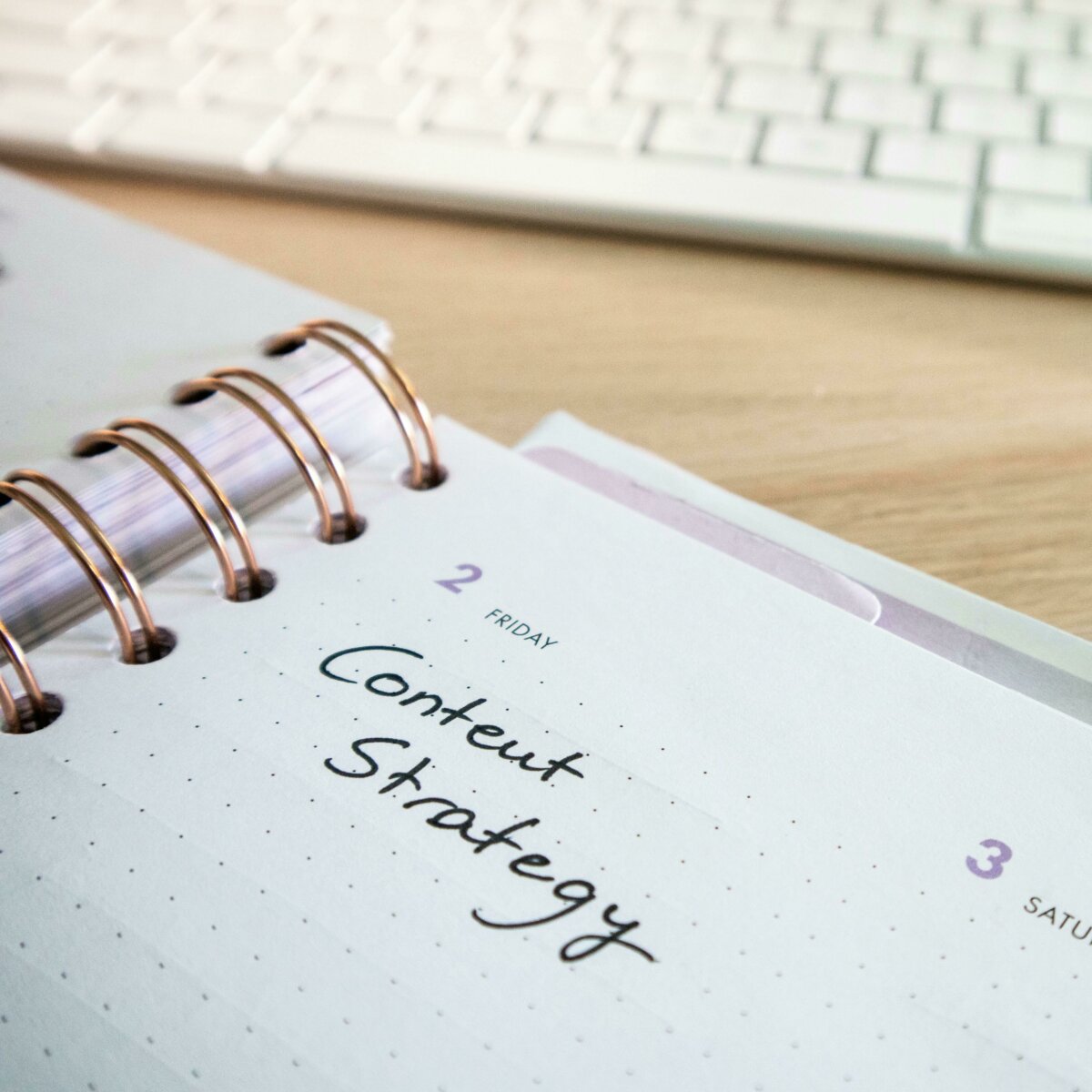- Tips for Your Team

- Expand Your Marketing and Outreach
A content strategy for small nonprofit teams: Start with your website and work out
"We need a blog, social media, and newsletter that stays fresh."
For a one-person content team, this can feel overwhelming. If this sounds familiar, you're not alone. It's a common challenge we hear from our nonprofit partners.
When you're wearing multiple hats and feeling pulled in multiple directions by content demands, the question becomes: Do I write the newsletter, social post, or blog first? And how do I keep everything fresh without burning out?
Here's an approach that can help you create more content with less stress while keeping your website dynamic.
The "Website Out" strategy
Instead of creating separate content for each platform, start with your website and work outward. Create one strong piece of content for your site, then stretch and repurpose it across your other channels.
Here's what this looks like in practice:
Start with a blog post for your website. Focus on creating one thoughtful piece that provides real value to your audience. This becomes your foundation content.
Repurpose strategically. One blog post can become 4-6 pieces of content across different platforms:
- For social media: Create one summary post that introduces the topic and links to your blog. Then develop 2-3 standalone posts that share key ideas from different sections. These are what are commonly referred to as zero-click posts. They offer valuable insights that help showcase your expertise and impact without requiring a click.
- For your newsletter: Share the full blog or a summary with a link, depending on your style and audience preferences.
The goal is simple: help your website content stay dynamic while making your social and email content more intentional and manageable.
Seeing it in action
Here's how this works with our own content. Our recent article about design spacing became multiple pieces of content:
The foundation: A comprehensive blog post titled "Why empty space isn't wasted space: A guide for nonprofit communicators" that addressed common concerns about white space in design.
Summary social post: Told the story of hearing client questions about "empty space," explained why cramming content backfires, and linked to the full article with the message "Good design isn't vanity. It's stewardship."
Zero-click post: Focused on the practical consequences of cramped design - "Donors miss your key impact stories, important calls to action get lost in the mix" - and ended with actionable insight: "When your design has room to breathe, your message has room to land."
Newsletter feature: Highlighted the article as a featured resource for subscribers.
Each piece served a different purpose while reinforcing the same core message. The summary post drew people in with a relatable story, the zero-click post provided immediate value, and the newsletter gave our community deeper access to the thinking.
How often should you publish content?
Focus on consistency over frequency and manageability over overwhelm. It's better to publish one well-promoted blog post monthly than to post weekly and burn out your team.
Of course, you can create additional content. Maybe you can publish multiple articles to your website each month. There's no reason you have to do only one. The key is having this as your reliable foundation rather than feeling pressured to constantly produce new content.
When you do publish, make sure to:
- Share it across all your channels over the course of several weeks
- Create multiple social posts from different angles from each article
- Feature your article prominently in your next newsletter
What if you want to test ideas first or start with video?
Once you're comfortable with the basic Website Out strategy, you might consider these adaptations based on your team's strengths and existing content creation.
Test ideas on social first
Before investing time in a full blog post, try testing your concept on social media. Share the core idea in a LinkedIn or other social post to gauge interest and engagement.
If the post resonates with your audience and generates good discussion, that's a strong signal the topic merits developing into a longer piece. You can use the comments and reactions to refine your thinking and better understand what your audience wants to know.
This approach helps you avoid spending time on content that might not connect while giving you confidence in topics that clearly interest your community.
Start with video content
Some organizations might find their starting point isn't a written blog post. Maybe your team already hosts a video podcast, creates video interviews, or records meetings that generate valuable insights.
These can become your source content. A 30-minute interview about your programs could be the source to address a lot of content needs similarly to the Website Out approach:
- A blog post highlighting key insights
- Several social posts featuring specific quotes or statistics
- A newsletter feature about the topic
The key is identifying where you're already creating valuable content and building from there, rather than starting from scratch each time.
Why does the Website Out strategy work for small teams?
The Website Out strategy works because it:
- Reduces decision fatigue. You can focus on creating one notable piece of content, which helps reduce decisions across other channels.
- Builds authority. Your website becomes a hub of valuable resources and stays dynamic.
- Maximizes effort. One piece of content creation work serves multiple platforms.
- Keeps you focused. You're serving your audience's needs and your content strategy goals with less effort.
Small nonprofit teams don't need to create endless streams of new content. You need to create valuable content that works harder for you.
What content are you already creating that could work harder for you? Starting with your website and working out can help you build a sustainable content rhythm that keeps your community engaged without overwhelming your team.
Start by identifying one blog post topic that would serve your audience, then plan how you'll repurpose it across your channels. Your mission deserves communications that work as hard as you do.
Get in touch if you're looking for support with your website and content strategy.
More Articles
- Expand Your Marketing and Outreach
Building a visual language from your nonprofit’s logo
- Expand Your Marketing and Outreach
Why empty space isn't wasted space: A guide for nonprofit communicators
Mightier Newsletter
Join our community of nonprofiteers and the partners that support them. Our monthly newsletter includes resources with small and mighty teams in the social sector in mind – sharing tips to help with content creation, website use, marketing, and more.
SubscribeBrought to you by MOD-Lab
At MOD-Lab, we're the thoughtful design partner for small teams like yours doing big things in the social sector. We create memorable branding, design materials, and websites that showcase the quality of your work and reflect your true impact.


